Video Consultation
In New Zealand the most common types of telemedicine are video consultations and ‘store and forward’.
There is usually direct patient involvement in videoconferencing. Sometimes the patient may not be present, but still be the focus of the consultation, for example, multidisciplinary meetings and case conferences.
On a videoconference, the distant clinician receives a great deal of visual information about them and their surroundings (compared to say, a telephone consultation). It is also easier for a number of people to be involved at each site during a videoconference, than it is via a telephone consultation.
Telemedicine video conferencing includes:
- remote consultations – for example, between a rural patient or a patient in a rest home and a specialist in an urban hospital
- triage – for example, a GP consulting with a hospital on whether a patient should be admitted
- multidisciplinary meetings, for example, a number of health professionals situated in different locations using video conferencing to discuss a treatment plan for a shared patient
- remote expert peer support, for example, a doctor in a rural hospital being supervised by a doctor in a larger regional hospital. Or an emergency department in a remote hospital connecting with the emergency department of a larger hospital to discuss care for a patient
- education, for example, online training workshops delivered between sites using video conferencing.
The Northern Regions Future Vision for Video conferencing
 The telehealth Future Vision work was completed by Te Whatu Ora - Health New Zealand northern districts in 2015 in an effort to identify current and future clinical requirements for the use of telehealth technology. Clinical scenarios and key requirements were identified with input from the NZ Telehealth Forum and a workshop was held with clinicians and stakeholders from across the northern region health sector to flesh out and further define the primary clinical use cases.
The telehealth Future Vision work was completed by Te Whatu Ora - Health New Zealand northern districts in 2015 in an effort to identify current and future clinical requirements for the use of telehealth technology. Clinical scenarios and key requirements were identified with input from the NZ Telehealth Forum and a workshop was held with clinicians and stakeholders from across the northern region health sector to flesh out and further define the primary clinical use cases.
The northern district’s IT Service Provider healthAlliance joined the collaboration as part of their Digital Enablement Strategy and formed the core project which would take the northern region through procurement and selection of a suitable telehealth technology.
Core to the approach is the vision to provide accessible, user friendly technology supporting the safe and effective delivery of patient centred healthcare closer to home. CLICK HERE TO READ


